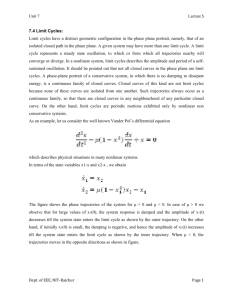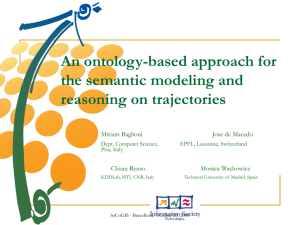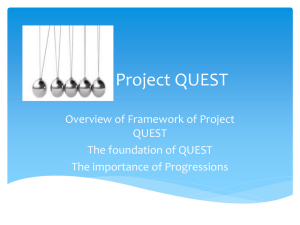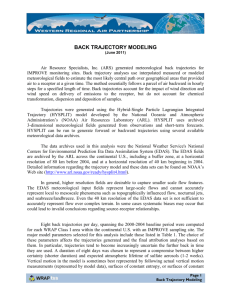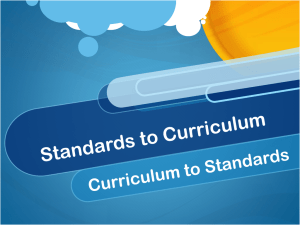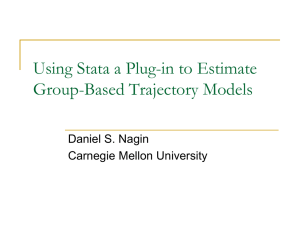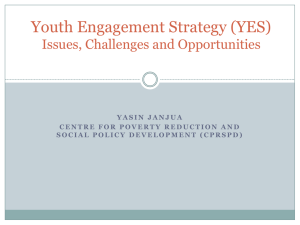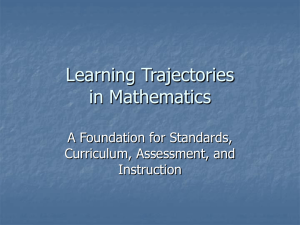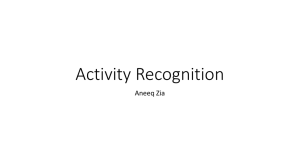Implementing the CCSSM Planning for Instruction CCSSM are
advertisement
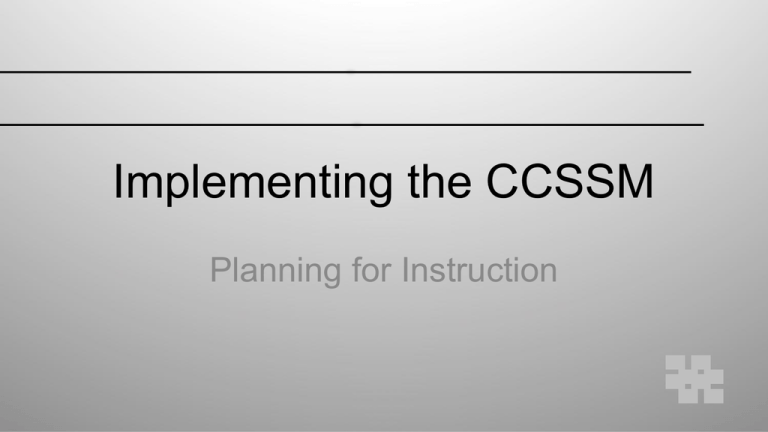
Implementing the CCSSM Planning for Instruction CCSSM are.... • Student Habits of Mind-Standards for Mathematics Practice • Learning Outcomes-Mathematics Content Standards CCSSM are not...... • A List of Things to "Cover" • A Pacing Guide • A Curriculum Curriculum • • • • • What When Why Who How Curriculum • The learning constellations for each grade/course are determined and organized based upon the CCSSM and learning trajectories. • Formative assessments are used to determine where students are in the learning trajectory and determine next instructional moves. Constellations of Learning • Term I heard first used by Deborah Schifter. • New term that does not bring the baggage of prior usage (not unit, not cluster, not domain but related to these in some ways). • Teachers will almost never be attending to a single standard, but instead working on a constellation of learning that is focused and coherent. • Teachers will be working on multiple constellations simultaneously. Tools for Developing Curriculum • Standards (Content) Progressions • Learning Trajectories (Construct Maps) • Essential Understandings Standards Progressions are... • Standards written in narrative form. Standards Progressions can be used to… • Develop teacher knowledge about the standard(s) and/or domain(s). • See how content knowledge grows over time - Vertical articulation. • Take the second step toward curriculum development for CCSSM. You may be asking, what was the first step? • Teachers developing a deep understanding of the Standards for Mathematical Practice. Standards Progressions • McCallum http://commoncoretools.me/category/progressi ons • Wu http://math.berkeley.edu/~wu/Progressions_Ge ometry.pdf Learning Trajectories… •Identify bridging standards. •Identify underlying cognitive principals. •Identify student misconceptions, strategies and inscriptions. •Identify models, related representation and contexts. •Describe students' movement from naive to sophisticated ideas. Construct Maps….. • Do all the things Learning Trajectories do. • Describe student behaviors at each step in the trajectory. Learning Trajectories can be used to... •Inform the planning of the instructional sequence. •Design formative assessments to locate students in the trajectory. •Inform instruction planning to move classes and individual students along the trajectory. •Take the third step in curriculum development. Learning Trajectories are empirically developed..... •Developers use their content knowledge, experiences, etc. to propose a learning trajectory. •Instruction is designed based on the proposed trajectory. •Instructional sequence is implemented. •Trajectory is modified during and following this implementation. •Several rounds of modification and implementation may be required. Learning Trajectories • • • • Hess (Progressions) Confrey (Trajectories) Lehrer (Construct Maps) Battista (Building on Student Reasoning) Essential Understandings are... •Resources that can help us take the fourth step in curriculum development. •A series of books from NCTM that will help us think deeply about what are the essential understanding that are necessary to achieve the learning outcomes mandated by CCSSM. Planning for Instruction (Curriculum Development) •Faculty study the Standards for Mathematical Practice •Faculty study the Mathematics Content Standards using the standards progressions •Faculty identify and sequence constellations of learning using learning trajectories and essential understandings. •Faculty work collaboratively to design or identify formative assessment tasks for each constellations. •Teachers use formative assessment results to plan next instructional moves including differentiation. Show Video Mrs. White Kindergarten Purposeful Pedagogy and Discourse Instructional Model: Student Thinking Matters Most • Jacobs, Lamb, and Philipp on professional noticing and professional responding; • Smith, Stein, Hughes, and Engle on orchestrating productive mathematical discussions; • Ball, Hill, and Thames on types of teacher mathematical knowledge; • Levi and Behrend (Teacher Development Group) on Purposeful Pedagogy Model for Cognitively Guided Instruction. Some musings.... • Change is a process and not an event. • Curriculum development is a process and not an event. • Sequencing may not be linear. • Basing instruction on formative assessment results requires flexibility from day to day. • Role of interim assessment may change. Links to Book Resources • NCTM Essential Understandings http://www.nctm.org/catalog/productsview.aspx ?id=129 • Heinemann – Battista books Cognition-Based Assessment and Teaching http://www.heinemann.com/authors/productsBy Author.aspx?id=4639 Link to Jere Confrey’s work • http://www.turnonccmath.com/ • Optimized for use with the Safari and Chrome browsers. Less smooth with Firefox and Internet Explorer. Link to Text Analysis Tool • http://ideas.aetn.org/commoncore/strategic-plan • Item 2b Math Analysis Tool

